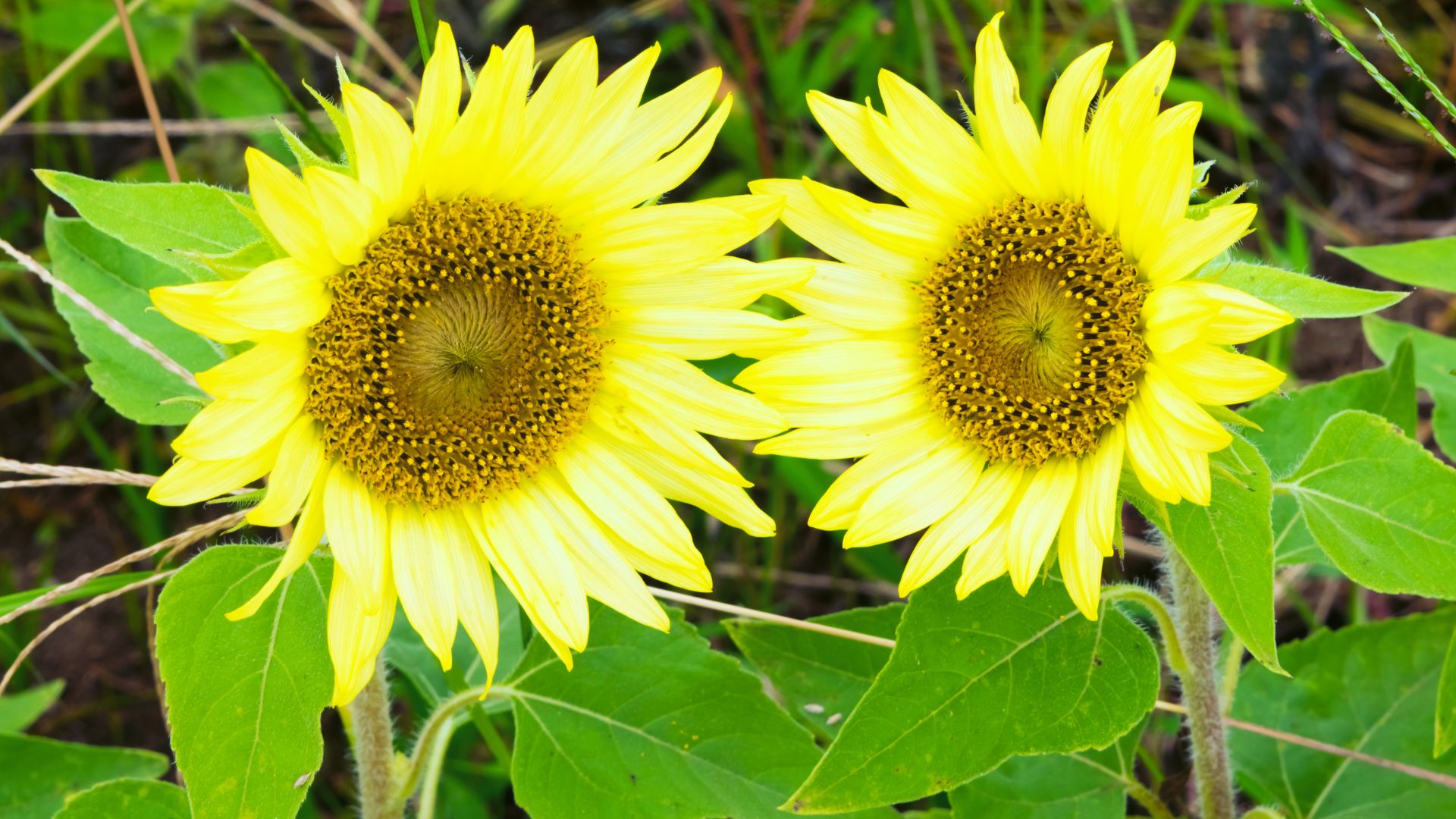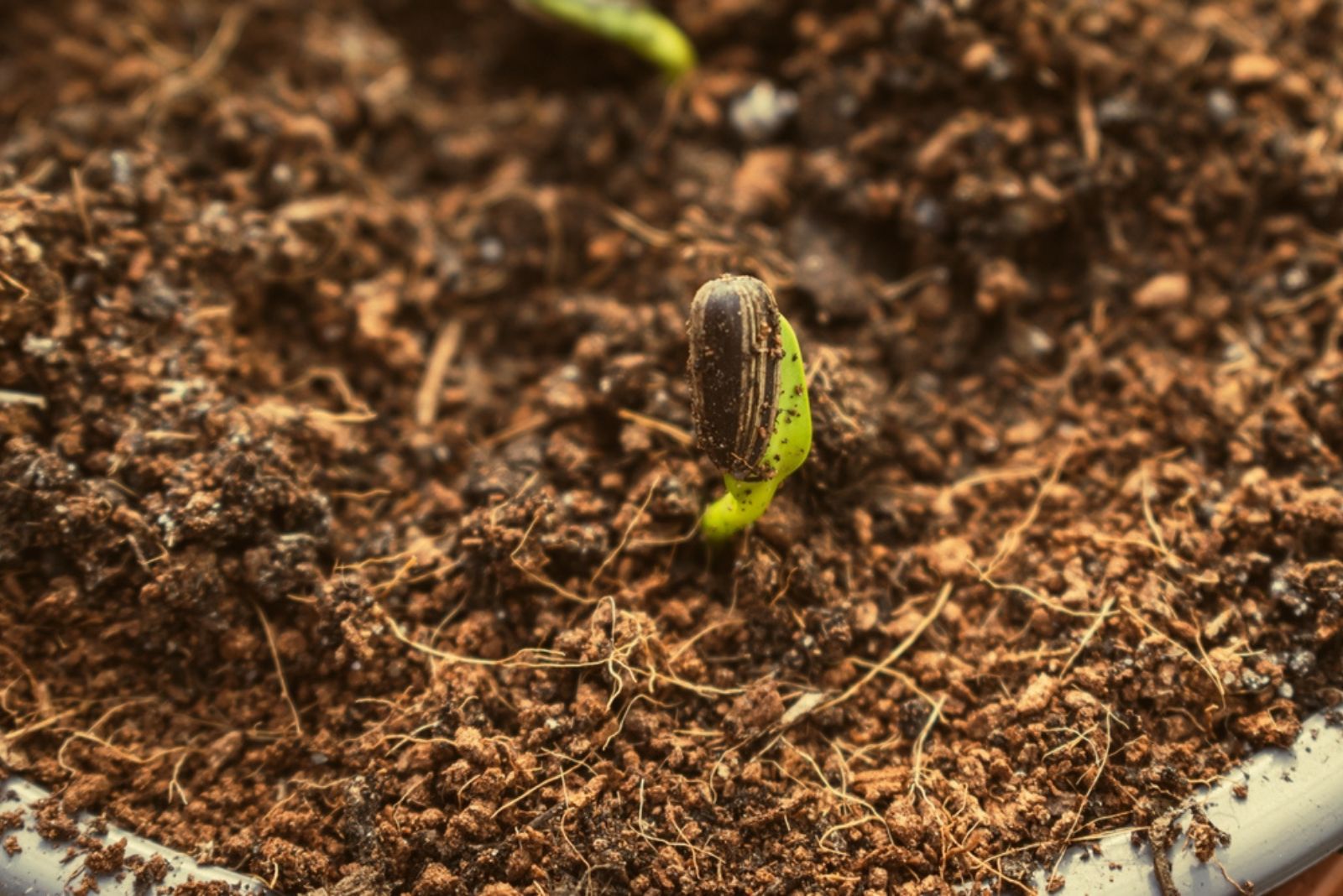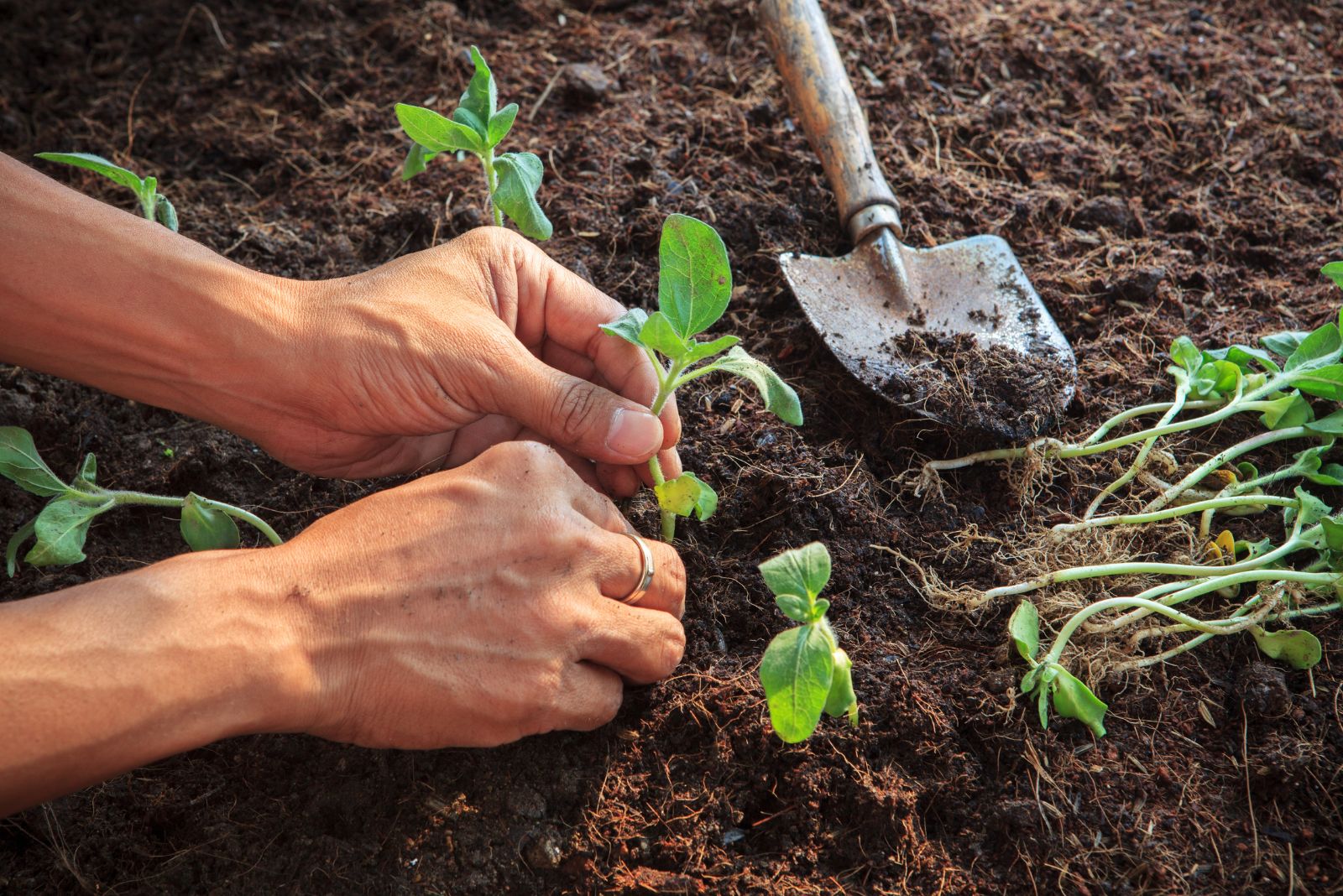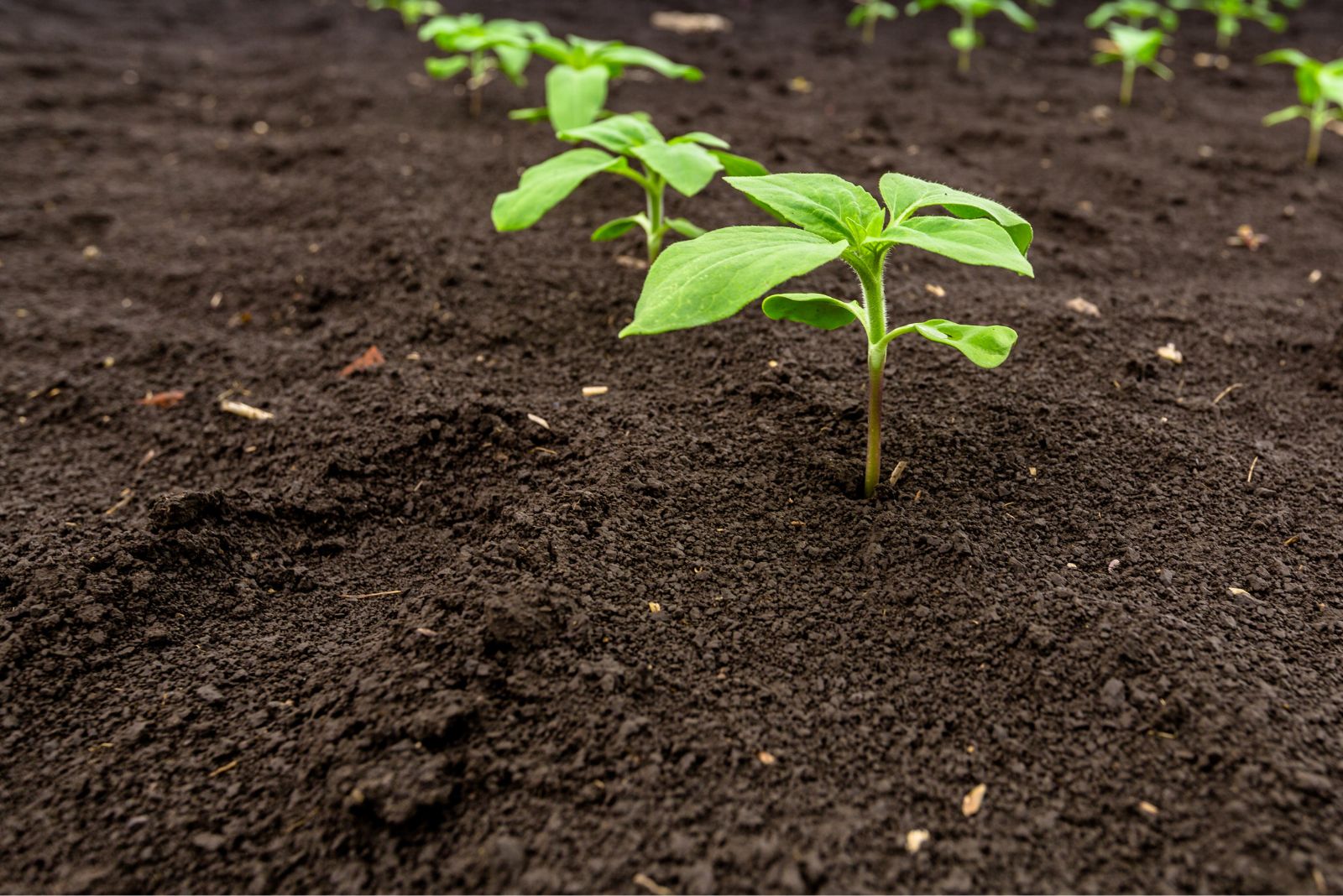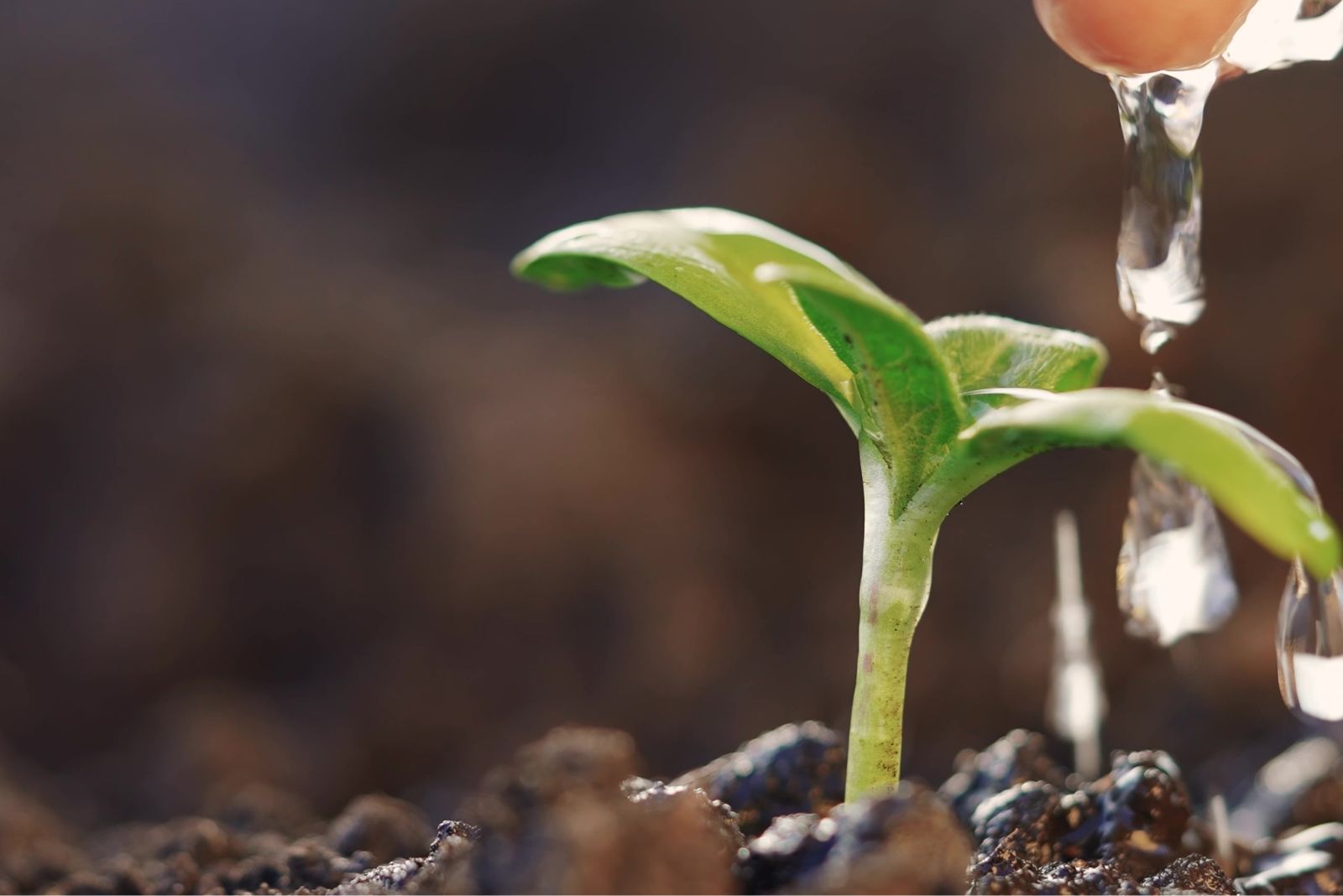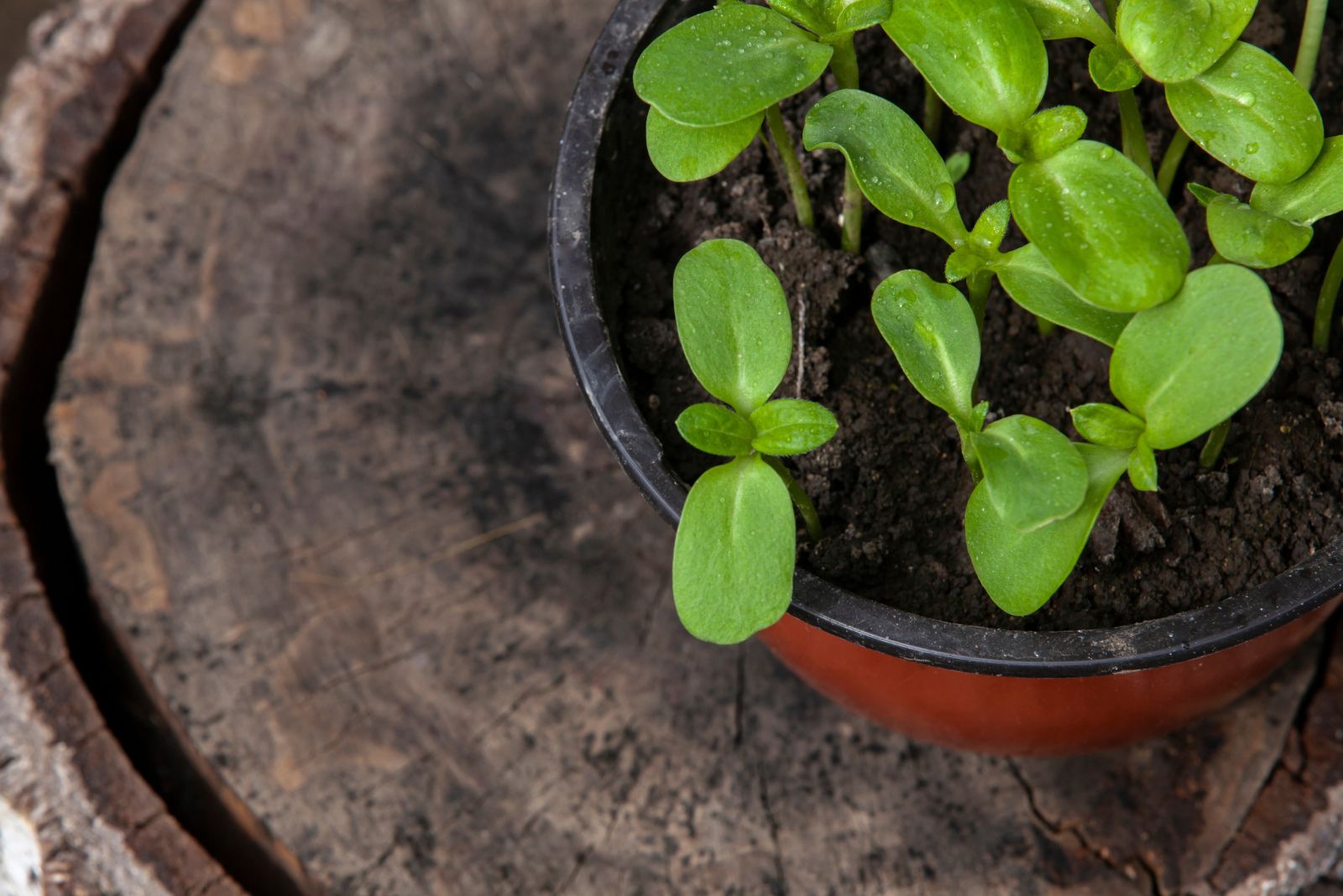There’s no better way to make your garden more cheerful than by growing joyful sunflowers!
These lovely plants can brighten up your day, attract pollinators and beneficial insects to the garden, and also provide you with delicious and nutritious seeds.
While taking care of sunflowers might be a rewarding experience, there are still certain things you have to pay close attention to!
Not planting sunflowers at the right time or failing to protect them from squirrels and birds are some silly mistakes that most gardeners make. Sadly, there are many more that could potentially harm your sunflowers.
So, it’s better to be safe than sorry!
In this article, we will explore what mistakes to avoid so that your sunflower garden blooms beautifully. 🌻☀️
Not Planting Sunflowers At The Right Time
Everything in life comes down to timing, even when planting flowers in your garden. These plants usually take about 70 to 95 days to grow and mature. Planting them too late would leave you with no plants at all because the seeds cannot germinate in cold conditions.
It’s best to sow them directly in the ground. However, if that’s not an option, you can always use a pot. Wait until there is no danger of frost and the soil is all warmed up!
Ideal temperatures for successful germination are between 60 to 75 degrees Fahrenheit. If you live in the southern states, the right time to plant sunflowers would be between early April and mid-March.
Anytime between April and June is good for sowing seeds in regions of northern states and Canada. Use a frost cloth in case there’s frost after you’ve sown the seeds.
Soon enough, your sunflowers will thrive during hot summer days. Consider growing some sunflower companion plants nearby to boost their growth and development.
Lack Of Sunlight
Sunflowers need sunlight. If they didn’t like full sun exposure, they wouldn’t be called SUNflowers. So growing them in shaded areas might be devastating for your precious flowers.
For sunflowers to reach their full potential, they’ll need about 6 to 8 hours of sunlight exposure on a daily basis. So, when planting the seeds, make sure to do so in a sunny location with well-draining soil.
If you grow them in pots, simply put these pots in places filled with sun and warmth. Maybe this is easier because you get to move your sunflower around. However, they thrive more when grown in the ground because there are more nutrients available.
Not Enough Room To Grow And Spread
You probably already know that sunflowers can grow quite tall. While they are reaching for the sky, sunflowers also grow and spread their roots beneath the ground.
If they don’t have enough room to stretch their roots, they will appear leggy and out of shape. This is where sowing the seeds at the right depth saves the day!
For starters, you should plant sunflower seeds about an inch deep, with 6 to 8 inches of empty space between each seed. Then, protect the seeds by putting up a snail bait or a net cover so that slugs and birds don’t snack on them.
In case you are growing towering sunflowers that will produce large heads, place the seeds about 20 inches apart.
Thin the seedlings once they are about 3 inches tall, but leave 3 or 4 of the healthiest ones. When these are about a foot tall, thin until there are two seedlings left. Later, pick the best one to grow and thrive!
Related: How To Harvest Sunflower Seeds After Blooming
No Protection From Squirrels And Birds
Potential threats to freshly sown seeds are slugs and snails, but squirrels and birds keep munching on the seeds the entire time!
Although it is a good idea to invite wildlife into the garden, there are still some boundaries that need to be set. You will probably end up feeding the birds with sunflower seeds in the winter, but don’t let them ruin your sunflowers while they are still actively growing.
If birds and squirrels devour your sunflowers during the summer, there will be no seeds left for you to roast or use for replanting the next season!
Consider growing some squirrel-repellant plants or finding other ways to deter squirrels and birds, like placing netting or covering up the heads with brown paper bags.
However, these might make your sunflowers appear unsightly. To keep them looking nice and neat, but still keep these critters at bay, consider hanging a reflective CD near your sunflowers or encasing the stalk with aluminum foil.
Planting Them In Grass And Vegetable Patches
Planting sunflowers in your lawn or a vegetable patch might seem like a good way to spice things up in the garden, but this could make everything worse.
For starters, grass seeds and flower seeds would only end up competing for nutrients and water. This would significantly reduce germination and growth rates. A similar thing happens with other veggies in a patch.
Beans and other vining plants might even use sunflowers as climbing poles. Plus, sunflowers release toxic compounds that could potentially harm nearby plants and stunt their growth.
If you still decide to put sunflowers in a vegetable patch, plant them around plants that are immune to their toxicity – these include roses, mint, clematis, lemon balm, thyme, coneflowers, lupines, and carnations.
To grow sunflowers on your lawn, I would suggest stripping two square feet of turf away from the sunflower. Add mulch after sowing the seeds to retain moisture and prevent weed growth.
Not Providing Them With Support
We all admire those large, yellow flower heads. But imagine how hard it would be for fragile stems to carry them!
Sometimes the stems can even break and fall on the ground, creating a devastating scene. This is why you should give your sunflowers some type of support so that they can grow robust and tall!
What you can do is prop them up with a bamboo cane or two. These will keep your sunflowers in place and prevent them from breaking. Use garden twine to tie them lightly. Use numerous canes if you are growing supersize sunflowers.
Here’s a useful video: https://www.youtube.com/watch?v=017QvY1jw1M
Giving Them Too Much Water
You may think that watering your sunflowers frequently might boost their growth, but you only end up doing more harm than good. While they still require their fair share of water and don’t tolerate dry conditions, these plants are still prone to overwatering and root rot.
It’s all about balance – give them a gentle soaking once the topsoil feels dry. An inch of water every week will be more than enough for sunflowers to grow happily.
Proper watering will lead to larger sunflower heads. Another thing that will keep them growing nice and large is fertilizer. Use nitrogen-based fertilizer every two weeks and stick to potato-rich feed before flowering.
Related: How To Harvest Sunflower Seeds After Blooming
Not Rotating Them
Keeping sunflowers in the same spot year after year will only lead to phenolic compound accumulation, which can have a negative effect on little sunflower seedlings as well!
Instead of growing a healthy and towering crop, you’ll end up with a leggy one that would have been far better if it were rotated many months ago. With regular rotation, the soil will have a chance to clear itself of toxins.
This is also advisable because the fungus sclerotinia might live in the soil for a longer time, and sunflowers are susceptible to these.
I would recommend you pick a new spot for sunflowers every year – make sure that it is sunny and well-draining. Wait a few years to pass before planting your sunflowers back in the same location.
Starting The Seeds Indoors
Starting the seeds indoors might also seem like a good idea – not only are your sunflower seeds protected from slugs and snails, but they are also kept nice and warm.
However, the transition from growing in perfect indoor conditions to a harsh outdoor environment might be too big of a shock for sunflowers. This often results in stunted growth, wilting, and dying plants.
If you still decide to start the sunflower seeds indoors, make sure to transplant them when their first true leaves are visible.
This might be useful: When And How To Start Seeds Indoors For Spring Planting
Not Deadheading
Deadheading basically means removing flowers that look wilted, shriveled, and lifeless. Snip away any spent flower heads so that the plant can focus its energy on creating new ones that are just as beautiful!
This is not necessary for those huge, single-headed sunflowers, but many others have a significant number of smaller flowers that open after the first, usually larger, flowers have been produced.
Deadheading will extend the growing season and lead to smaller flowerhead production that can be used for harvesting or wildlife.
Use clean pruning shears and cut between the dying bloom and the first set of healthy leaves. Get rid of any wilting leaves as well. This way, you will keep your sunflowers looking nice and fresh at any time!

